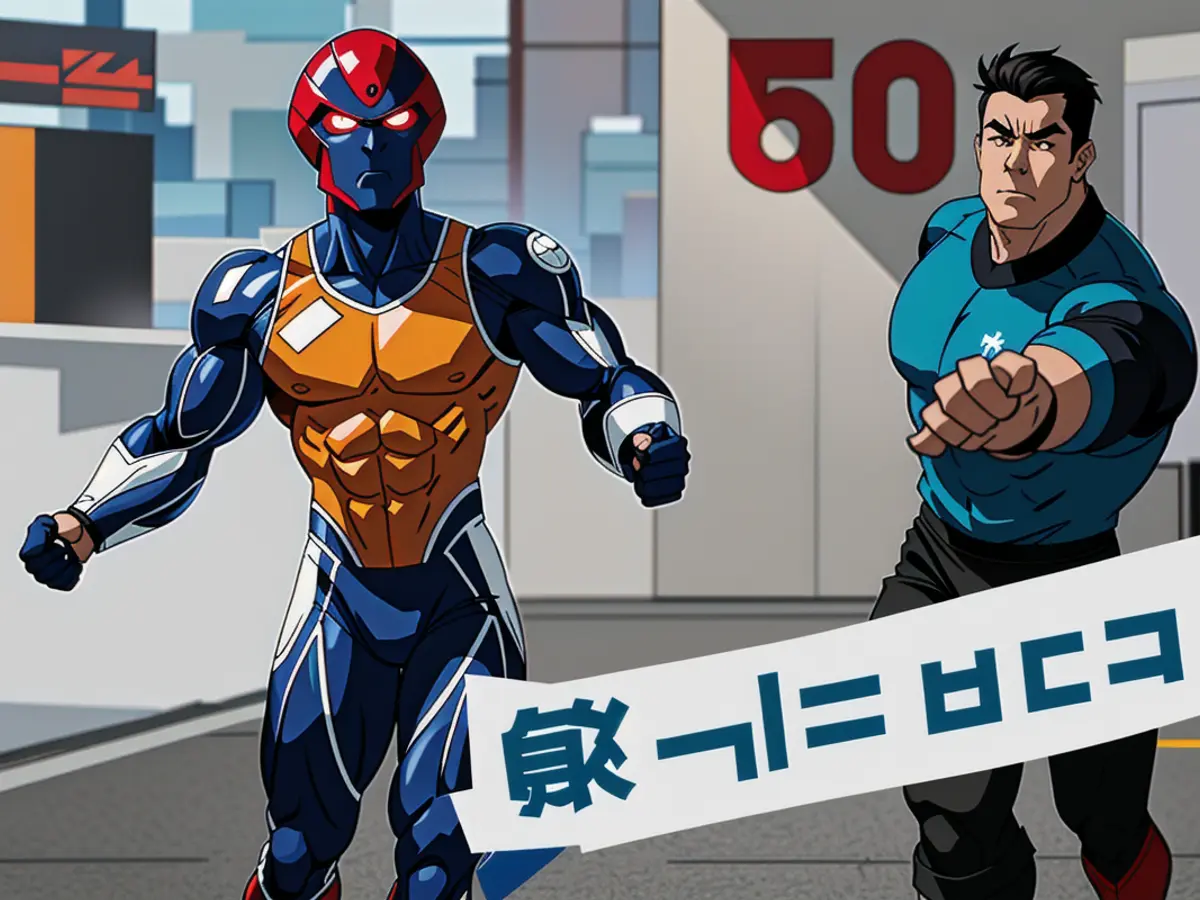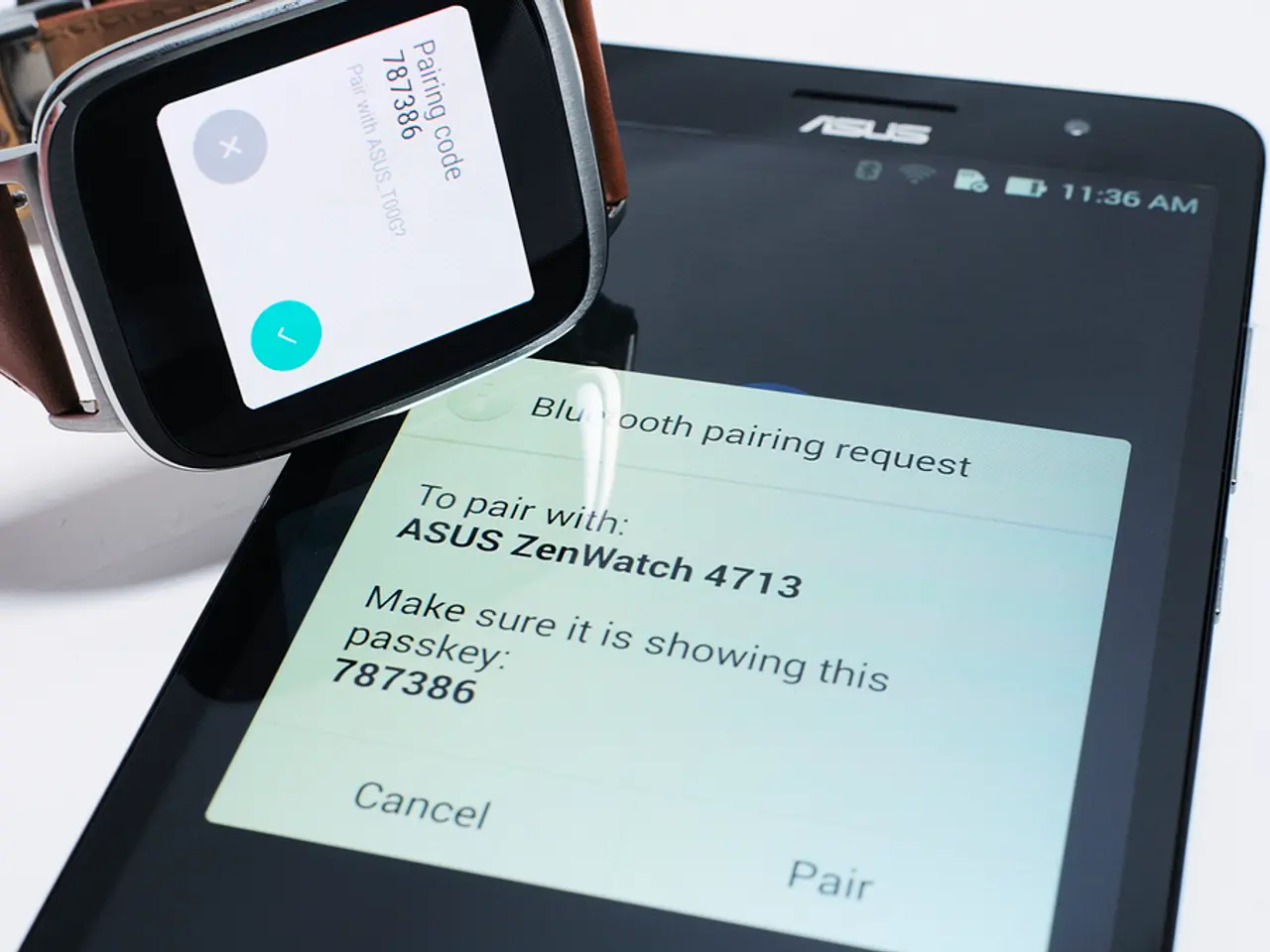Humans and robots competed in the inaugural humanoid half-marathon, with the robotic participants falling a mile behind their human counterparts.
Rewritten Article:
Robots versus humans in a road race isn't about a dystopian future of robotic dominance, for now at least. Over the weekend, more than 20 robot competitors took part in the world's first humanoid half-marathon in China, showcasing the nation's advances in humanoid technology, which, though impressive, couldn't outrun their human counterparts in the end.
Teams from various companies and universities participated in the event, which demonstrates China's efforts to close the gap with the US in humanoid tech, still a frontier for more sophisticated models. The winner of the race's top team claimed their robot could hold its own against Western models in a race that's heating up.
The robots, featuring diverse shapes and sizes, embarked on a 21-kilometer circuit through Beijing's tech-heavy Yizhuang district. Recently, videos of China's humanoid robots impressing with bike rides, roundhouse kicks, and side flips have been trending online, often amplified by state media to highlight their potential as a growth driver.
China's Ministry of Industry and Information Technology identifies humanoid robotics as a new battlefront in technological competition, setting a 2025 target for mass production and secure supply chains for core components. Fears about AI outsmarting humans have been on the rise, and while AI models are quickly closing the gap, Saturday's race confirmed that humans maintain the upper hand when it comes to running.
The robots faced off against 12,000 human runners, with neither side having an advantage in terms of the race lane. Each robot was allowed to replace their batteries during the race, and companies could make substitutions, though each substitution came with a 10-minute penalty.

The fastest robot, Tiangong Ultra, completed the race in two hours and 40 minutes - far from the human world record of 56:42 set by Ugandan runner Jacob Kiplimo. In contrast, the winner of the men's race finished in 1 hour and 2 minutes. Tang Jian, Tiangong Ultra's chief technology officer, credited the robot's blend of long legs and an algorithm modeled after human marathon running for its performance.
While Tiangong Ultra finished the race with minimal issues, other robots struggled with technical challenges such as falling, mechanical failures, and frequent battery swaps or replacements. Most robots required assistance, with a few relying on leashes or remote control leadership. Amateur human runners had no difficulty keeping up, with many taking photos of the robotic encounters along the way.
Unlike many demonstrations of AI and robotics advancements, the humanoid half-marathon may not necessarily signal breakthroughs or practical utility in industrial settings, according to experts like Professor Alan Fern. The focus now is on developing humanoid robots for industrial applications, including integration into factories, businesses, and households.
The event demonstrated the potential of humanoid robotics while revealing its current limitations in physically demanding tasks such as endurance races.
- The humanoid half-marathon in China highlighted the nation's advancements in robotics, displaying various robots competing against human runners, with the latter maintaining their dominance in running.
- Despite China's efforts to close the gap with the US in humanoid tech, robot competitors in the half-marathon could not outrun their human counterparts, showcasing the uphill battle for seamless integration in physically demanding tasks.
- Tiangong Ultra, the fastest robot in the race, completed the half-marathon in two hours and 40 minutes, far from the human world record set by Jacob Kiplimo of 56:42 minutes.
- China's Ministry of Industry and Information Technology aims to achieve mass production and secure supply chains for humanoid robotics by 2025, focusing on industrial applications such as factories and businesses.
- Though the half-marathon may not signal immediate breakthroughs in practical utility, it presents an opportunity to showcase the potential of humanoid robotics, their current limitations, and the encouraging advancements in technology.









